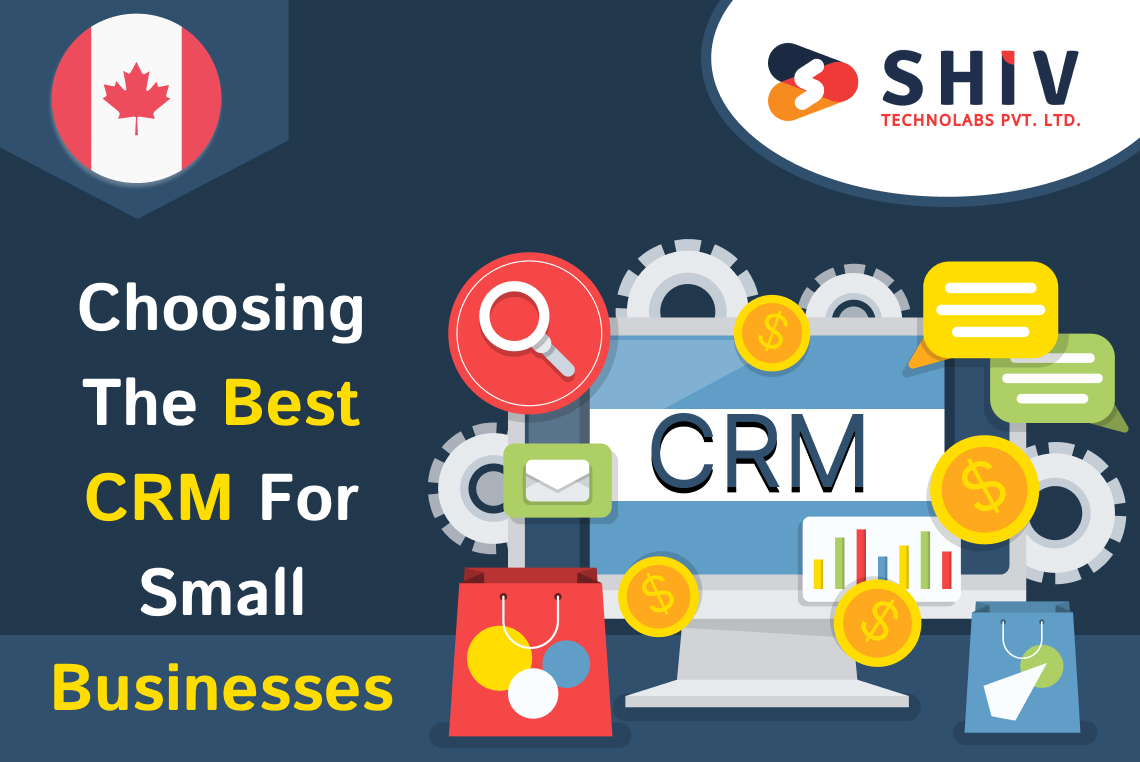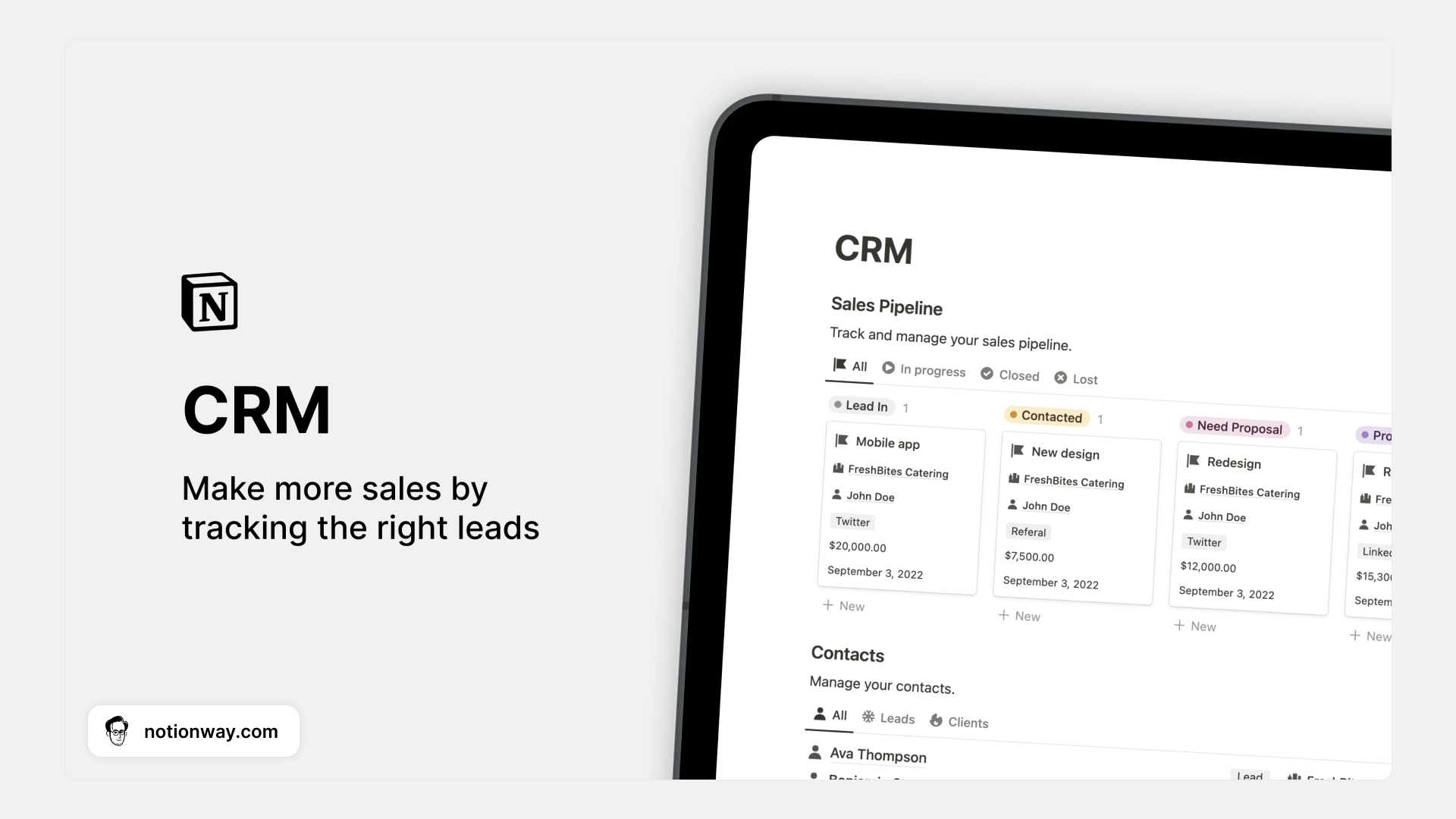
Introduction: Why CRM Marketing Optimization Matters
In today’s hyper-competitive landscape, simply having a Customer Relationship Management (CRM) system isn’t enough. You need to actively optimize your CRM marketing efforts. Think of your CRM as a powerful engine, but without proper tuning, it’s just idling. CRM marketing optimization is the process of fine-tuning that engine, ensuring every component works in harmony to drive growth, boost customer satisfaction, and ultimately, increase your bottom line. This article delves into actionable tips and strategies to help you do just that.
The core of successful marketing, regardless of the tools used, revolves around understanding your customers. A well-optimized CRM allows you to do just that. It provides a 360-degree view of your customers, allowing you to personalize your interactions, deliver relevant content, and build lasting relationships. Neglecting CRM optimization is like leaving money on the table. You’re missing opportunities to nurture leads, close deals, and retain valuable customers.
Understanding the Fundamentals of CRM Marketing Optimization
Before diving into specific tips, let’s establish some foundational principles. CRM marketing optimization isn’t a one-time fix; it’s an ongoing process. It requires continuous analysis, experimentation, and refinement. Here are some key aspects to consider:
- Data Quality: Garbage in, garbage out. The accuracy and completeness of your customer data are paramount. Inaccurate or outdated information can lead to wasted marketing efforts and frustrated customers.
- Segmentation: Dividing your customer base into meaningful groups based on demographics, behavior, purchase history, and other relevant factors. This allows for targeted messaging and personalized experiences.
- Automation: Automating repetitive tasks, such as email sending, lead nurturing, and data entry, frees up your team to focus on more strategic initiatives.
- Personalization: Tailoring your marketing messages and offers to individual customer preferences and needs. This goes beyond simply using a customer’s name; it involves understanding their entire journey with your brand.
- Analytics & Reporting: Tracking key performance indicators (KPIs) to measure the effectiveness of your CRM marketing efforts. This data allows you to identify areas for improvement and make data-driven decisions.
Actionable CRM Marketing Optimization Tips
Now, let’s explore some concrete strategies you can implement to optimize your CRM marketing efforts:
1. Clean and Maintain Your Data
As mentioned earlier, data quality is crucial. Here’s how to keep your data in tip-top shape:
- Regular Data Audits: Schedule regular audits to identify and correct inaccuracies, duplicates, and missing information.
- Data Validation Rules: Implement data validation rules to prevent incorrect data from entering your system in the first place. For example, you can set rules to ensure email addresses are in the correct format or that phone numbers have a specific number of digits.
- Data Enrichment: Consider using data enrichment services to automatically fill in missing information, such as company size or industry.
- Standardization: Standardize data formats to ensure consistency. For example, use the same format for addresses and phone numbers across your entire database.
- Remove Obsolete Data: Regularly purge outdated or inactive customer records to keep your database lean and efficient.
2. Segment Your Audience Effectively
Segmentation is the cornerstone of personalized marketing. Here’s how to segment your audience effectively:
- Define Your Segments: Identify the key characteristics that differentiate your customers. This could include demographics (age, location), behavior (website activity, purchase history), and psychographics (interests, values).
- Use CRM Features: Leverage your CRM’s segmentation features to create and manage your segments. Most CRM systems allow you to create segments based on various criteria.
- Test and Refine: Experiment with different segmentation strategies to see what resonates best with your audience. Monitor the performance of each segment and make adjustments as needed.
- Dynamic Segmentation: Consider using dynamic segmentation, which automatically updates segments based on real-time customer behavior.
- Avoid Over-Segmentation: While segmentation is important, avoid creating too many segments. This can make your marketing efforts more complex and difficult to manage. Focus on the most relevant segments that will yield the biggest impact.
3. Automate Your Workflows
Automation is your secret weapon for boosting efficiency and freeing up your team’s time. Here’s how to automate your CRM marketing workflows:
- Lead Nurturing: Set up automated email sequences to nurture leads and guide them through the sales funnel.
- Welcome Emails: Automatically send welcome emails to new subscribers or customers.
- Triggered Emails: Automate emails based on specific customer actions, such as abandoned shopping carts or website visits.
- Task Automation: Automate repetitive tasks, such as data entry, follow-up reminders, and lead assignment.
- Use CRM Automation Tools: Most CRM systems offer built-in automation tools. Explore these features and experiment with different workflows.
4. Personalize Your Marketing Messages
Personalization is no longer a luxury; it’s an expectation. Here’s how to personalize your marketing messages:
- Use Customer Data: Leverage the data you have collected about your customers to tailor your messages to their specific interests and needs.
- Personalize Email Subject Lines: Use the customer’s name or other relevant information in your subject lines to increase open rates.
- Segment Your Email Content: Tailor the content of your emails to specific customer segments.
- Personalize Website Content: Use personalization tools to display different content to different visitors based on their behavior or demographics.
- Offer Personalized Recommendations: Recommend products or services based on the customer’s past purchases or browsing history.
5. Integrate Your CRM with Other Tools
Integration is key to creating a seamless customer experience and maximizing your CRM’s potential. Here’s how to integrate your CRM with other tools:
- Email Marketing Platform: Integrate your CRM with your email marketing platform to sync customer data and automate email campaigns.
- Social Media Platforms: Connect your CRM to your social media platforms to track social media interactions and personalize your social media marketing efforts.
- E-commerce Platform: Integrate your CRM with your e-commerce platform to track customer purchases and gain insights into customer behavior.
- Help Desk Software: Integrate your CRM with your help desk software to provide a unified view of customer interactions.
- Marketing Automation Software: Integrate your CRM with marketing automation software to create sophisticated marketing campaigns and nurture leads.
6. Leverage Reporting and Analytics
Data is your most valuable asset. Here’s how to leverage reporting and analytics to optimize your CRM marketing efforts:
- Track Key Metrics: Identify the key performance indicators (KPIs) that are most important to your business, such as conversion rates, customer lifetime value, and customer acquisition cost.
- Create Dashboards: Create dashboards to visualize your KPIs and track your progress over time.
- Analyze Your Data: Regularly analyze your data to identify trends, patterns, and areas for improvement.
- Use CRM Reporting Tools: Leverage your CRM’s built-in reporting tools to generate reports and gain insights into your marketing performance.
- Make Data-Driven Decisions: Use your data to inform your marketing decisions and optimize your campaigns.
7. Train Your Team
Your team is your most valuable asset. Here’s how to train your team to use your CRM effectively:
- Provide Training: Provide comprehensive training on how to use your CRM, including its features, functionalities, and best practices.
- Create User Guides: Create user guides and other documentation to help your team members learn how to use the CRM.
- Offer Ongoing Support: Provide ongoing support to your team members, such as answering their questions and providing technical assistance.
- Encourage Collaboration: Encourage collaboration and knowledge sharing among your team members.
- Update Training Regularly: Keep your training materials up-to-date to reflect any changes to your CRM or your marketing strategies.
8. Embrace Mobile CRM
In today’s mobile-first world, having a mobile CRM is essential. Here’s how to embrace mobile CRM:
- Choose a Mobile-Friendly CRM: Select a CRM that offers a mobile app or a responsive web interface.
- Empower Your Sales Team: Provide your sales team with mobile access to customer data, so they can stay connected and productive on the go.
- Use Mobile Features: Leverage the mobile features of your CRM, such as location tracking and push notifications.
- Optimize for Mobile: Optimize your marketing content for mobile devices, such as by using responsive design and short, concise messaging.
- Train on Mobile Usage: Train your team on how to use the mobile CRM effectively.
9. Implement Feedback Mechanisms
Gathering feedback from your customers is crucial for understanding their needs and preferences. Here’s how to implement feedback mechanisms:
- Surveys: Use surveys to gather feedback on customer satisfaction, product quality, and overall experience.
- Feedback Forms: Include feedback forms on your website and in your emails.
- Social Media Monitoring: Monitor social media for mentions of your brand and respond to customer comments and complaints.
- Customer Interviews: Conduct customer interviews to gain deeper insights into their needs and preferences.
- Analyze Feedback Data: Analyze your feedback data to identify areas for improvement and make data-driven decisions.
10. Stay Up-to-Date with CRM Marketing Trends
The CRM marketing landscape is constantly evolving. Here’s how to stay up-to-date with the latest trends:
- Follow Industry Blogs and Publications: Stay informed about the latest trends and best practices by reading industry blogs and publications.
- Attend Webinars and Conferences: Attend webinars and conferences to learn from industry experts and network with other professionals.
- Join Online Communities: Join online communities and forums to connect with other CRM users and share knowledge.
- Experiment with New Technologies: Experiment with new technologies, such as artificial intelligence (AI) and machine learning (ML), to see how they can improve your CRM marketing efforts.
- Continuously Learn: Commit to continuously learning and improving your CRM marketing skills.
Advanced CRM Marketing Optimization Strategies
Once you have the basics down, you can explore more advanced optimization strategies:
1. Predictive Analytics
Predictive analytics uses historical data and statistical algorithms to predict future customer behavior. This can help you:
- Identify High-Potential Leads: Predict which leads are most likely to convert into customers.
- Personalize Offers: Tailor offers based on predicted customer needs and preferences.
- Improve Customer Retention: Predict which customers are at risk of churning and proactively take steps to retain them.
2. Artificial Intelligence (AI) & Machine Learning (ML)
AI and ML can automate tasks, personalize experiences, and provide valuable insights. Consider using AI/ML for:
- Chatbots: Provide instant customer support and answer frequently asked questions.
- Personalized Recommendations: Recommend products or services based on customer behavior.
- Lead Scoring: Automatically score leads based on their likelihood to convert.
- Sentiment Analysis: Analyze customer feedback to gauge sentiment and identify areas for improvement.
3. Customer Journey Mapping
Customer journey mapping helps you understand the customer experience from start to finish. By mapping the customer journey, you can:
- Identify Pain Points: Identify areas where customers are struggling or experiencing friction.
- Optimize Touchpoints: Optimize each touchpoint in the customer journey to improve the customer experience.
- Personalize the Experience: Tailor the customer experience to individual customer needs and preferences.
- Improve Conversion Rates: Optimize the customer journey to increase conversion rates.
4. A/B Testing
A/B testing involves testing two different versions of a marketing asset (e.g., email, landing page) to see which one performs better. A/B testing can help you:
- Optimize Email Subject Lines: Test different subject lines to see which ones get the highest open rates.
- Optimize Landing Pages: Test different landing page designs and content to see which ones convert best.
- Optimize Calls-to-Action (CTAs): Test different CTAs to see which ones generate the most clicks.
- Improve Conversion Rates: Continuously test and refine your marketing assets to improve conversion rates.
5. Hyper-Personalization
Hyper-personalization takes personalization to the next level by tailoring marketing messages to individual customer needs and preferences in real-time. This can involve:
- Dynamic Content: Displaying different content to different visitors based on their behavior or demographics.
- Real-Time Recommendations: Recommending products or services based on the customer’s current activity.
- Behavioral Triggers: Sending triggered emails based on real-time customer behavior.
- Contextual Marketing: Tailoring marketing messages based on the customer’s location, time of day, and other contextual factors.
Common Mistakes to Avoid in CRM Marketing Optimization
While optimizing your CRM marketing efforts, it’s important to avoid common pitfalls. Here are some mistakes to watch out for:
- Ignoring Data Quality: As mentioned earlier, poor data quality can derail your efforts.
- Lack of Segmentation: Failing to segment your audience can lead to irrelevant messaging and lower engagement.
- Not Personalizing Your Messages: Generic messaging is ineffective in today’s environment.
- Over-Automating: Over-automation can lead to impersonal interactions.
- Not Tracking Key Metrics: Without tracking your KPIs, you won’t know what’s working and what’s not.
- Failing to Train Your Team: If your team doesn’t know how to use the CRM effectively, your efforts will be wasted.
- Not Integrating with Other Tools: Failing to integrate your CRM with other tools can limit its functionality.
- Ignoring Mobile: Not optimizing for mobile is a major oversight.
- Not Gathering Feedback: Without customer feedback, you won’t know how to improve.
- Not Staying Up-to-Date: The marketing landscape is constantly changing, so continuous learning is crucial.
Measuring Success and Continuous Improvement
Optimization is an ongoing process. To ensure your CRM marketing efforts are successful, you need to measure your results and make continuous improvements. Here’s how:
- Define Your Goals: Clearly define your marketing goals, such as increasing sales, improving customer retention, or generating more leads.
- Track Your KPIs: Track the key performance indicators (KPIs) that are most relevant to your goals.
- Analyze Your Results: Regularly analyze your data to identify trends, patterns, and areas for improvement.
- Test and Experiment: Continuously test different strategies and tactics to see what works best.
- Iterate and Refine: Make adjustments to your marketing campaigns based on your data and results.
- Stay Agile: Be prepared to adapt your strategies as the market and customer needs change.
- Review Regularly: Schedule regular reviews of your CRM marketing efforts to assess your progress and make necessary adjustments. Quarterly or even monthly reviews can be beneficial.
Conclusion: The Path to CRM Marketing Excellence
Optimizing your CRM marketing is a journey, not a destination. By implementing the tips and strategies discussed in this article, you can unlock the full potential of your CRM system and drive significant growth for your business. Remember to prioritize data quality, segmentation, automation, personalization, and analytics. Embrace continuous improvement, stay up-to-date with the latest trends, and consistently measure your results. With dedication and a strategic approach, you can transform your CRM into a powerful engine for customer engagement, sales, and overall business success.
The key takeaway is this: the best CRM is the one that is actively used and optimized. Don’t let your CRM become a static repository of data; turn it into a dynamic tool that fuels your marketing success. By focusing on these optimization tips, you’ll be well on your way to building stronger customer relationships, driving more sales, and achieving your business objectives.


